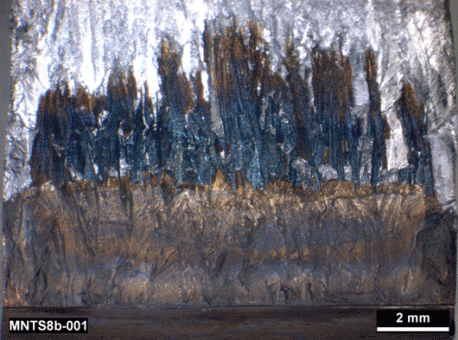KORA-II
KORA: Corrosion Crack Growth in Austenitic Structural Materials. KORA deals with ageing processes that affect steel components in the primary circuit in nuclear power plants, focusing specifically on two processes: stress corrosion cracking and corrosion fatigue. Stress corrosion cracking can cause long and thin branched fissures which cannot be detected with the naked eye. The influencing factors are mechanical stresses, the environment (water chemistry of the primary circuit) and material characteristics. Corrosion fatigue is a similar form of environment-induced fissure growth as the consequence of cyclical mechanical stress, e.g. due to vibrations. The results of the project should also contribute towards the definition of requirements for the long-term operation of nuclear power plants. In its second phase (2009-2011), the KORA project is split into three sub-projects:
- Sub-project I (corrosion fatigue in austenitic steels) focused in 2009 on the initiation processes for fatigue cracks, especially during long phases of constant stress following rapid progressions of transients. In addition, two new test benches were designed and one of them has already been set up. The test benches are designed for investigations of vibration-induced crack corrosion on hollow specimens through which flow occurs, thereby simulating the ambient and loading conditions in nuclear power plants.
- Sub-project II deals with stress corrosion cracking in weld seams consisting of high- and low-alloy steels (mixed seams). Test objects for non-destructive tests were produced in order to continue developing the testing technology.
- Sub-project III covers the non-destructive measurement of the initiation of stress corrosion cracks in stainless and low-alloy steels. For this purpose, further optimisation of the measuring technology previously developed for electrochemical noise was implemented.


